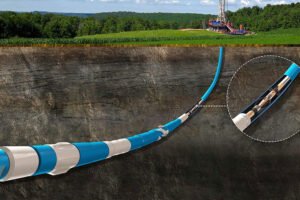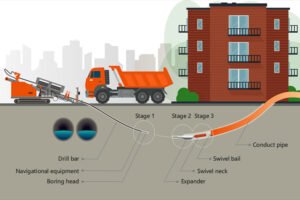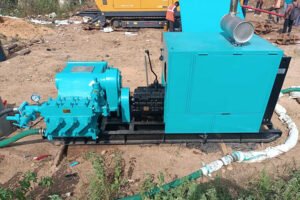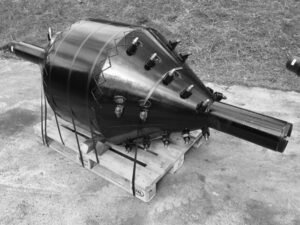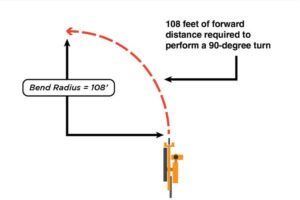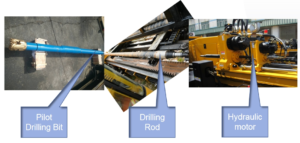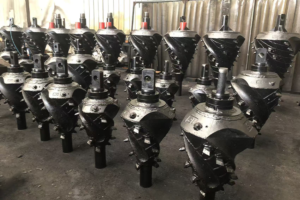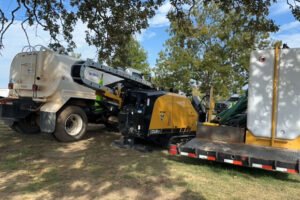No More “Open Surgery” for Cities: The HDD Technologies Making It Possible
The sight of freshly paved roads being torn up for utility work—a frustrating cycle of digging, traffic jams, and noise—once seemed like an inevitable part of city life. But if you look around today, you might notice this disruptive “open surgery” is becoming less common.
Our cities are now addressing their subterranean needs with far more finesse, thanks to a suite of advanced techniques known collectively as trenchless technology(HDD)—the unsung “game-changers” working silently beneath our feet.
A Paradigm Shift: From “Open Surgery” to “Keyhole Procedures”
Traditional excavation is like performing invasive surgery on a city. It’s slow, disruptive, and the “recovery time” for the urban surface is long. Trenchless technology, in contrast, acts as a precise “keyhole surgery” or a “vascular intervention” for the city’s underground network.
It avoids large-scale incisions into the “skin” of the road, requiring only small access points to diagnose, repair, replace, or install vital infrastructure. This shift is more than a technical upgrade; it represents a fundamental change in urban governance philosophy—from a brute-force approach to a sophisticated, minimally invasive one that prioritizes harmony with the urban environment.
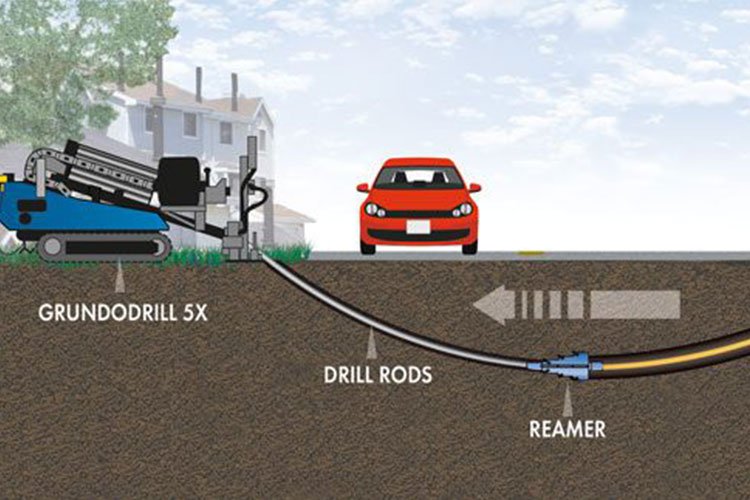
The “Game-Changers”: A Toolkit of Subterranean Marvels
This family of technologies, which prevents the city from being torn apart, is diverse and highly specialized:
Pipe Jacking: The Underground “Iron Mole”
Think of this as a massive, mechanized earthworm. Using hydraulic jacks from a launch shaft, it thrusts concrete pipes through the ground one section at a time, following a predetermined path, until they emerge at a reception shaft.
Operators control the entire process from the surface. This method is indispensable for installing large-diameter pipes under obstacles like roads, railways, and buildings, making it a cornerstone for constructing utility tunnels and major sewer lines.
Tunneling Boring Machines (TBMs): The Underground “Behemoths”
If pipe jacking is an “iron mole,” then a TBM is a colossal “steel dragon.” This colossal machine combines tunneling, ground support, spoil removal, and segment lining in one continuous, automated process. It carves out massive tunnels for subways and roads through the most challenging geology, enabling the deep, efficient, and large-scale development of urban underground space.
Horizontal Directional Drilling (HDD): Precision “Threading the Needle”
HDD is the art of “stitching” beneath the surface. It starts by drilling a small, precisely guided pilot hole along a designed curve. This hole is then enlarged in one or more stages, and finally, the new pipeline is pulled back through it. The entire operation leaves only two small entry and exit points on the surface, yet it can install pipelines for kilometers, even under rivers and lakes, with remarkable accuracy. It is the go-to method for long-distance oil, gas, and telecommunication crossings.
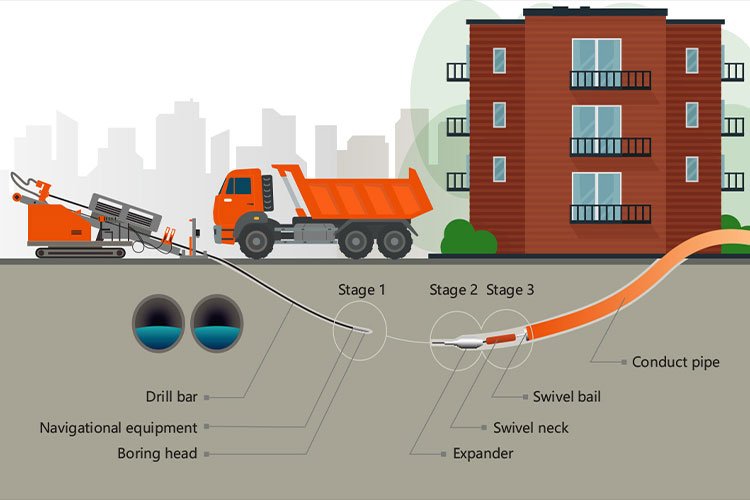
Pipeline Rehabilitation: Giving Old Pipes a “New Lease on Life”
Aging pipes beneath our streets don’t always need to be dug up. Trenchless renewal offers several ingenious solutions:
Slip Lining: Like giving an old pipe a new “inner skin,” this method pulls a smaller, durable pipe (often HDPE) into the existing host pipe.
Cured-In-Place Pipe (CIPP):This technique uses a “resin-saturated mold.” A flexible liner soaked with thermosetting resin is inverted or pulled into the damaged pipe. Then, using hot water or steam, the liner is cured in place, forming a tight-fitting, jointless “pipe-within-a-pipe.”
Pipe Bursting:A method of “replacement in situ.” A bursting head fractures the old pipe while simultaneously pulling in a new, often larger-diameter pipe behind it, effectively replacing the old line without excavation.
The Payoff: A Smarter, More Livable City
The deployment of these “game-changing” technologies delivers tangible benefits for our cities and quality of life:
Enhanced Social Benefits: Drastically reduced traffic disruption, noise, dust, and general public nuisance, preserving the city’s rhythm and tranquility.
Substantial Economic Advantages: While initial costs can be high, the significantly shorter project timelines and the avoided costs of landscape restoration, building relocation, and extensive road repair lead to compelling long-term savings.
Superior Environmental Performance: Minimizes damage to the existing landscape and ecosystems and drastically cuts down on construction waste, embodying the principles of green and sustainable development in urban infrastructure.
Increased Safety: Mitigates risks associated with deep trenches, such as collapses and ground settlement, making underground construction much safer for workers and the public.
Conclusion
The evolution from disruptive “open surgery” to silent “keyhole procedures” mirrors the pulse of technological progress and the maturation of urban governance.
These hidden “game-changers,” operating out of sight, are the silent guardians of the city’s subterranean lifelines. They ensure the smooth flow of water, energy, and information that keeps the urban body alive and healthy.
In their powerful yet gentle action, they are making our cities smarter, more resilient, and ultimately, more livable. This is the quiet power of technology, gently shaping the future of our urban world.
SHARE:
More Posts for You
- Navigating Underground Obstacles: The Precision Application of Drill Stem Steering Technology
- No More “Open Surgery” for Cities: The HDD Technologies Making It Possible
- The Heartbeat of HDD: A Deep Dive into the Mud Pump
- Barrel Reamers Plays An Important Role in Modern HDD Operations
- Your Drill Pipe Doesn’t Immediately Break When You Exceed Its Bend Radius
- All Terrain Drilling: The Smarter Way to Drill Through Rock
- How One-Piece Fluted Reamers Conquer Tough HDD Jobs
- Horizontal Directional Drilling Rig Operating Procedures
